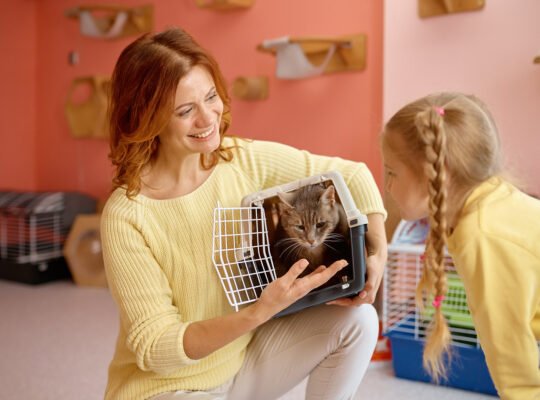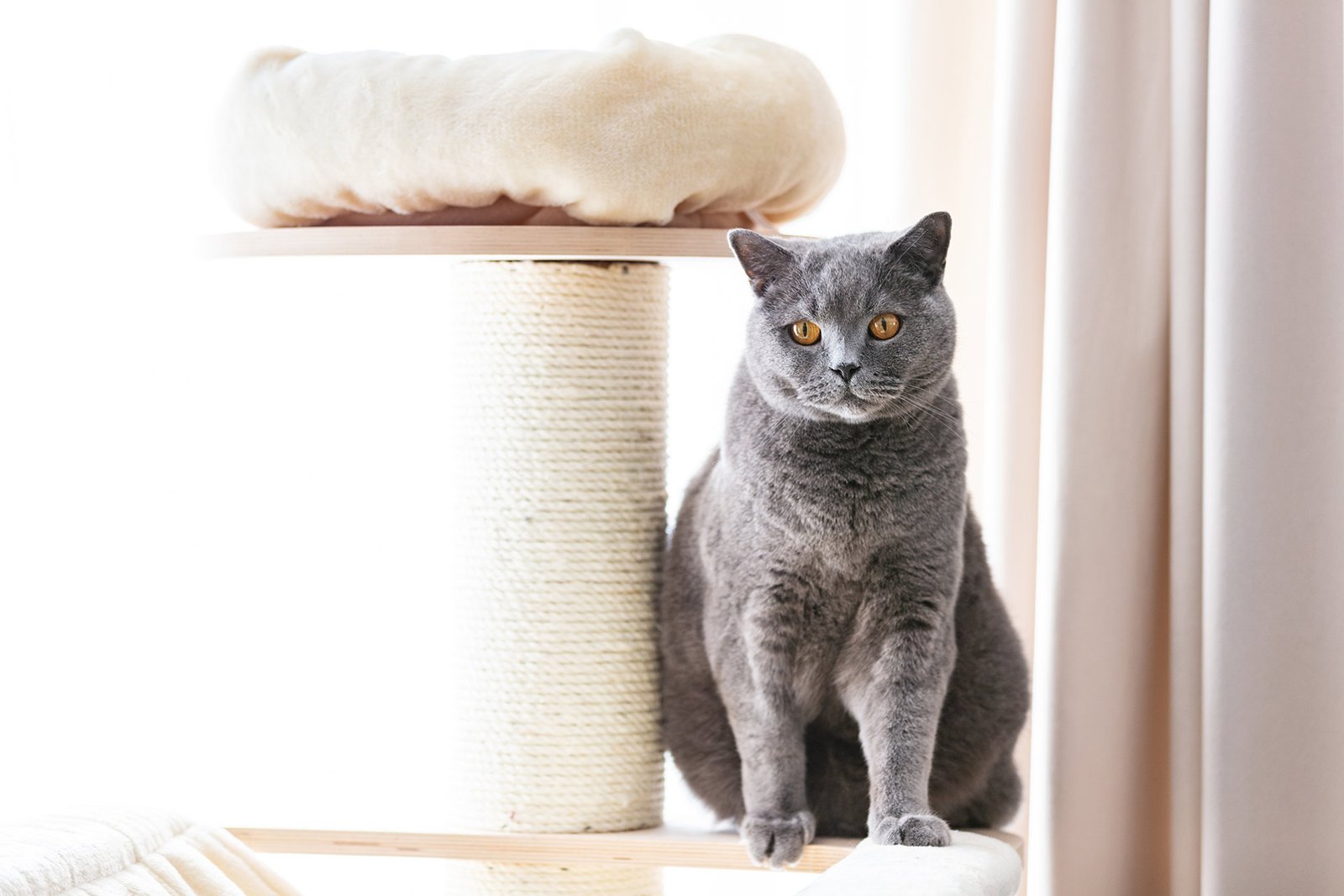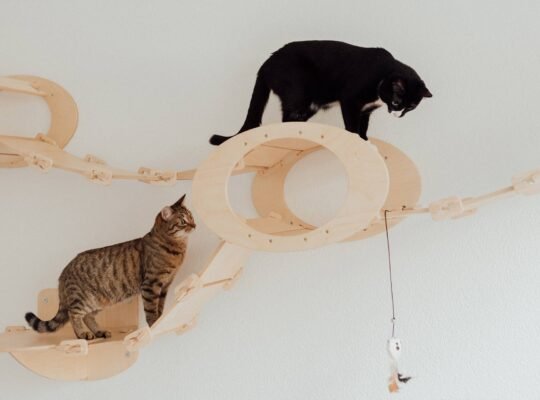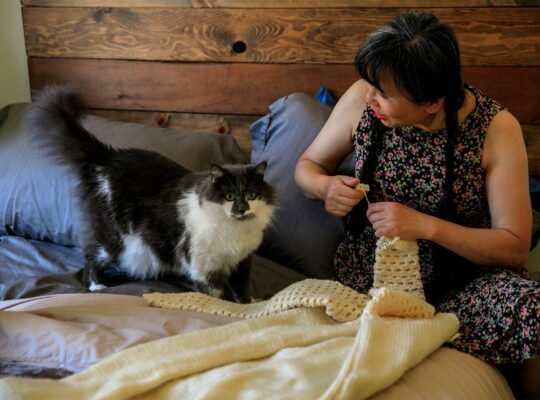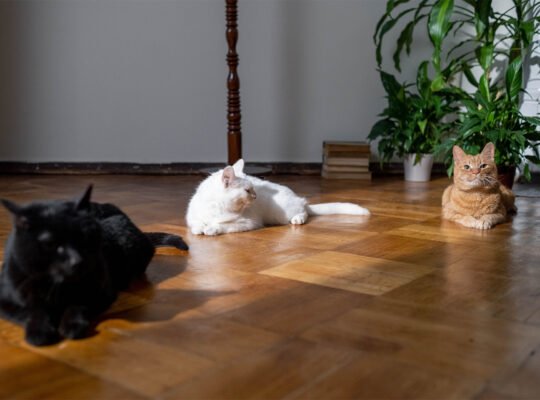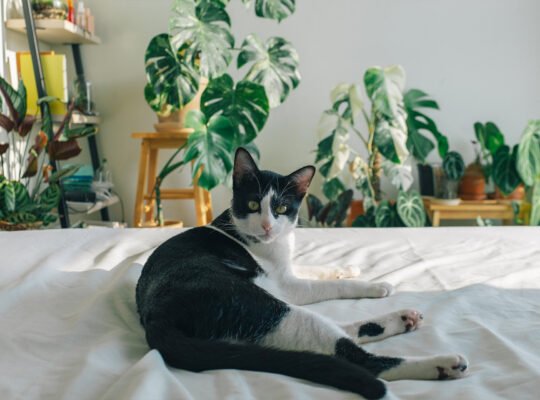Understanding Cat Scratching Behavior: Tips for Maintaining Healthy Claws and Furniture
Excerpt: Understand the underlying reasons behind your cat’s scratching behavior and learn effective strategies to protect your furniture and promote your cat’s well-being. Discover the importance of providing appropriate scratching surfaces, training techniques, and deterrent methods to maintain healthy claws and create a harmonious home environment for both you and your feline companion.
Introduction
Cat scratching is a natural behavior that serves various purposes, from maintaining healthy claws to marking territory and stretching. While scratching is an innate instinct, it can often lead to furniture damage and frustration for cat owners. Understanding the reasons behind this behavior and implementing appropriate strategies can help redirect your cat’s scratching tendencies and preserve your furniture.
In this guide, we will delve into the reasons behind cat scratching behavior and provide practical tips to maintain healthy claws and furniture. By creating a cat-friendly environment and offering suitable alternatives, you can establish a harmonious coexistence with your feline friend.
The Reasons Behind Scratching: Natural Instincts
- Claw Maintenance:
- Scratching helps cats shed old claw sheaths, promoting healthy growth and maintaining sharp claws for various activities like climbing and self-defense.
- Marking Territory:
- Cats have scent glands in their paws, leaving pheromones on scratched surfaces to mark their territory and communicate with other cats.
- Stretching and Exercise:
- Scratching serves as a form of stretching and exercise, allowing cats to flex their muscles, stretch their bodies, and release excess energy.
Providing Suitable Scratching Surfaces
- Scratching Posts:
- Offer a variety of scratching posts that are tall, sturdy, and covered in materials like sisal rope or rough fabric. Place them in different areas of your home to provide accessible alternatives to furniture.
- Scratching Pads and Boards:
- Consider using horizontal scratching pads or boards, which some cats prefer over vertical posts. These can be placed on the floor or mounted on walls.
- Cat Trees and Condos:
- Cat trees and condos provide multiple levels for climbing, perching, and scratching. They offer a dedicated space for your cat to engage in natural behaviors and protect your furniture at the same time.
Training Techniques for Redirecting Scratching Behavior
- Positive Reinforcement:
- Reward your cat with treats, praise, and affection when they use appropriate scratching surfaces. Positive reinforcement encourages them to associate scratching posts and pads with pleasant experiences.
- Environmental Enrichment:
- Create an enriched environment with interactive toys, hiding spots, and vertical spaces. This can divert your cat’s attention from furniture and redirect their scratching behavior.
- Deterrent Methods:
- Use deterrents like double-sided tape, aluminum foil, or citrus-scented sprays on furniture to discourage your cat from scratching undesirable surfaces. Additionally, placing scratching posts near targeted furniture can redirect their attention.
Frequently Asked Questions (FAQs)
Q: My cat still scratches the furniture despite having scratching posts. What should I do?
A: If your cat continues to scratch furniture, try different types of scratching surfaces, experiment with placement, and ensure they are in convenient locations. Encourage their use by using catnip or interactive toys near the posts.
Q: Should I punish my cat for scratching furniture?
A: No, punishment is not effective and may harm your relationship with your cat. Instead, focus on positive reinforcement and redirecting their behavior to appropriate surfaces.
Q: Can I trim my cat’s claws to prevent furniture damage?
A: Trimming your cat’s claws can help reduce the impact of scratching. Consult your veterinarian or a professional groomer for guidance on proper claw trimming techniques.
Q: Are there any alternatives to scratching posts?
A: Some cats may prefer different textures for scratching. Experiment with cardboard scratchers, carpeted platforms, or other materials to find what your cat prefers.
Maintaining Harmony: Healthy Claws and a Happy Home
In conclusion, understanding cat scratching behavior is essential for maintaining healthy claws and a harmonious home environment. By providing suitable scratching surfaces, implementing positive reinforcement techniques, and employing deterrent methods, you can redirect your cat’s scratching instincts and protect your furniture.
Remember to be patient and persistent in guiding your cat towards appropriate scratching alternatives. With time, training, and environmental enrichment, you can establish a mutually beneficial relationship that allows your feline companion to fulfill their natural instincts while preserving your cherished furniture.



